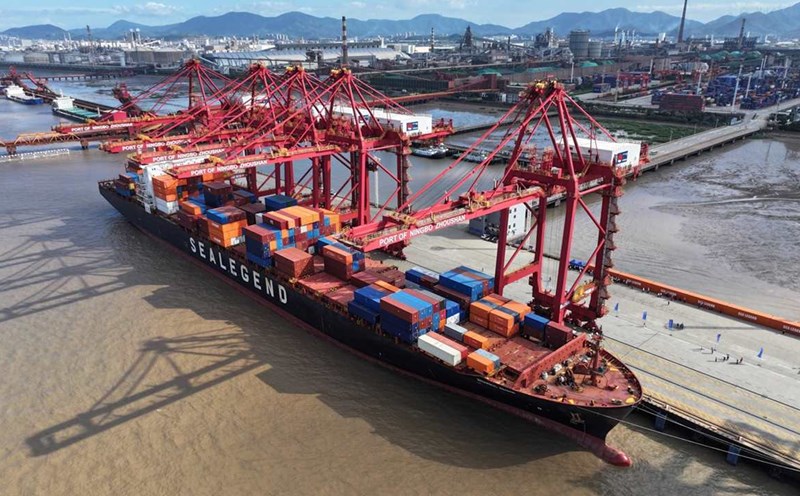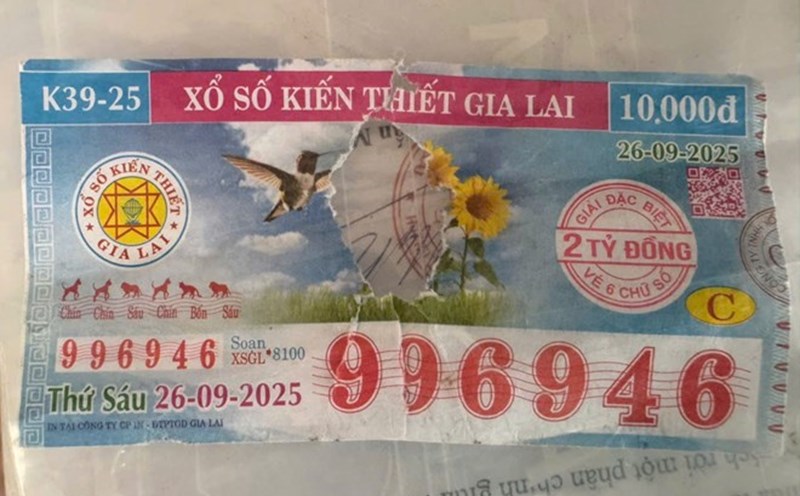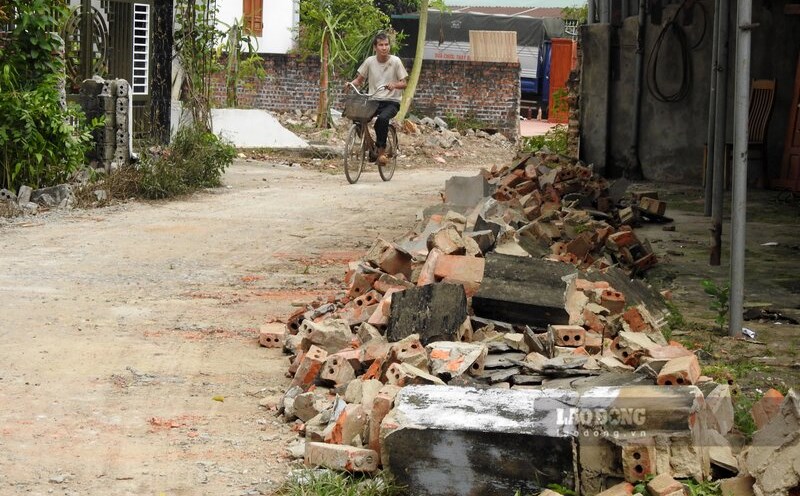On the morning of October 19, the container ship named "Istanbul Bridge" docked at the port of Gdansk, located on the Baltic coast in northern Poland. This is the first ship to complete the journey on the new high-speed sea transport route connecting China and Europe across the Arctic.
The ship departed from the eastern Chinese port of Ningbo - Zhouan, carrying about 4,000 containers of goods. The entire trip lasted 26 days. After unloading goods in Poland, the ship will continue its journey to ports in England, Germany and the Netherlands.
The Arctic route, commonly known as the " Silk Road on the ice", is a sea route running along the northern coast of Russia. This is considered a strategic replacement for traditional sea routes.
Currently, cargo ships from Asia to Europe have to go south, through the Malacca Strait, the Indian Ocean, the Suez Canal and the Mediterranean. This route is longer and passes through many sensitive geopolitical "bottlenecks".
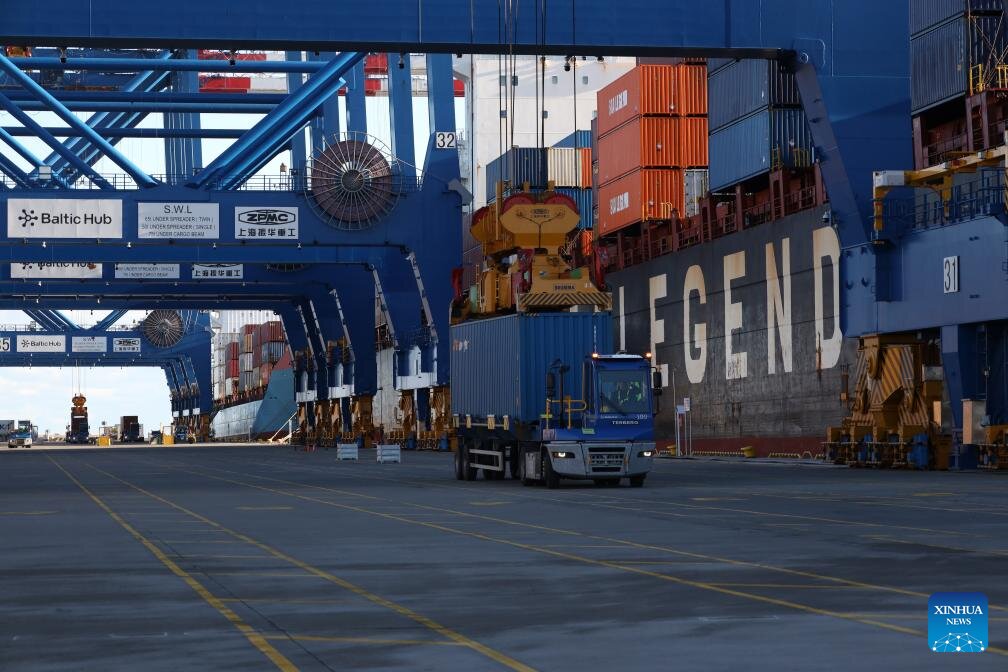
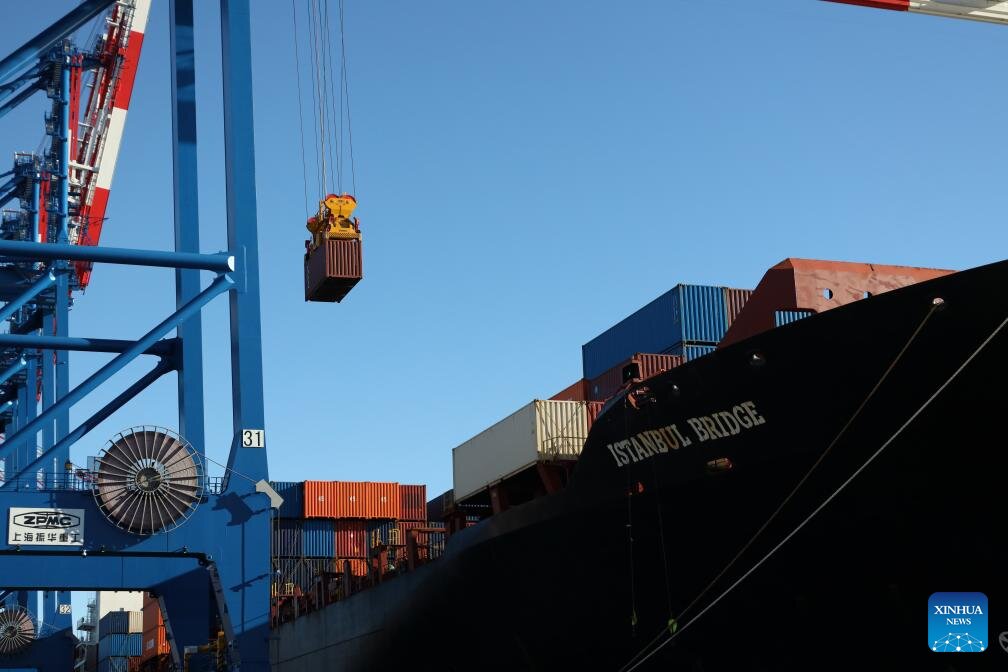
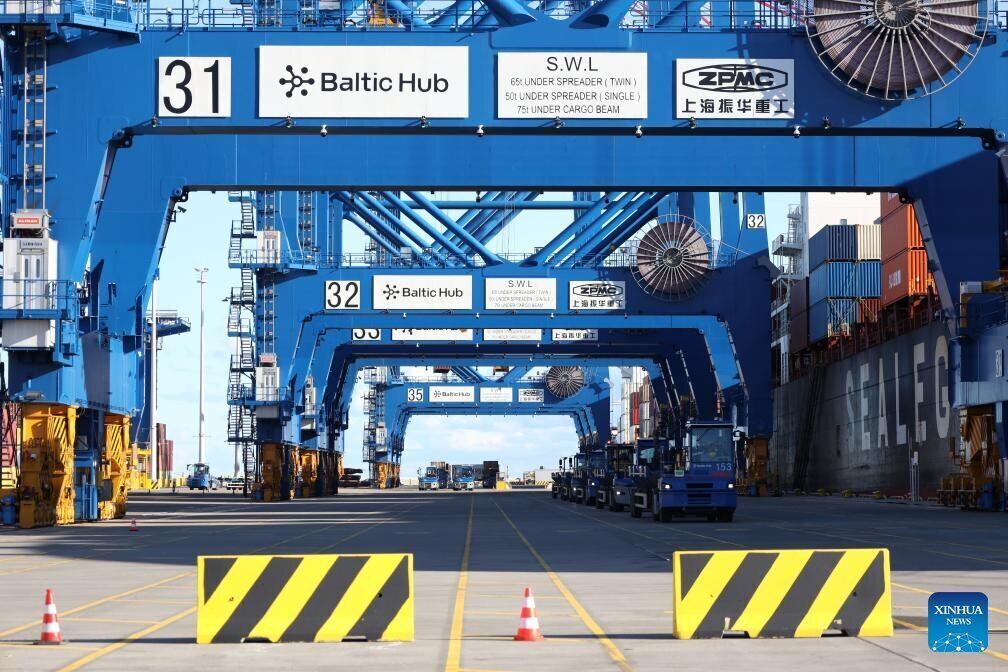
In contrast, the Arctic route could shorten the journey by 10 to 15 days, significantly saving time and fuel costs. The 26-day trip of the "Istanbul Bridge" train has shown the potential speed of this route.
For many years, the Arctic route has been almost unusable for commercial purposes because of ice and snow covering almost the whole year, requiring heavy icebreakers to accompany it.
However, due to the impact of climate change, ice in the Arctic is melting at an alarming rate. This has unintentionally opened a new maritime corridor, with ice shortages lasting longer each year.
The exploitation of this route has great geopolitical and economic significance. For China, this is a strategic alternative route, helping to reduce dependence on southern routes. For Russia, which controls much of the route, this is a huge economic opportunity from transit fees and the development of northern ports.
The success of this first trip is considered an important step to test the commercial feasibility of the "sench-on-the-ice silk road". If put into regular operation, it could reshape the global trade map.

